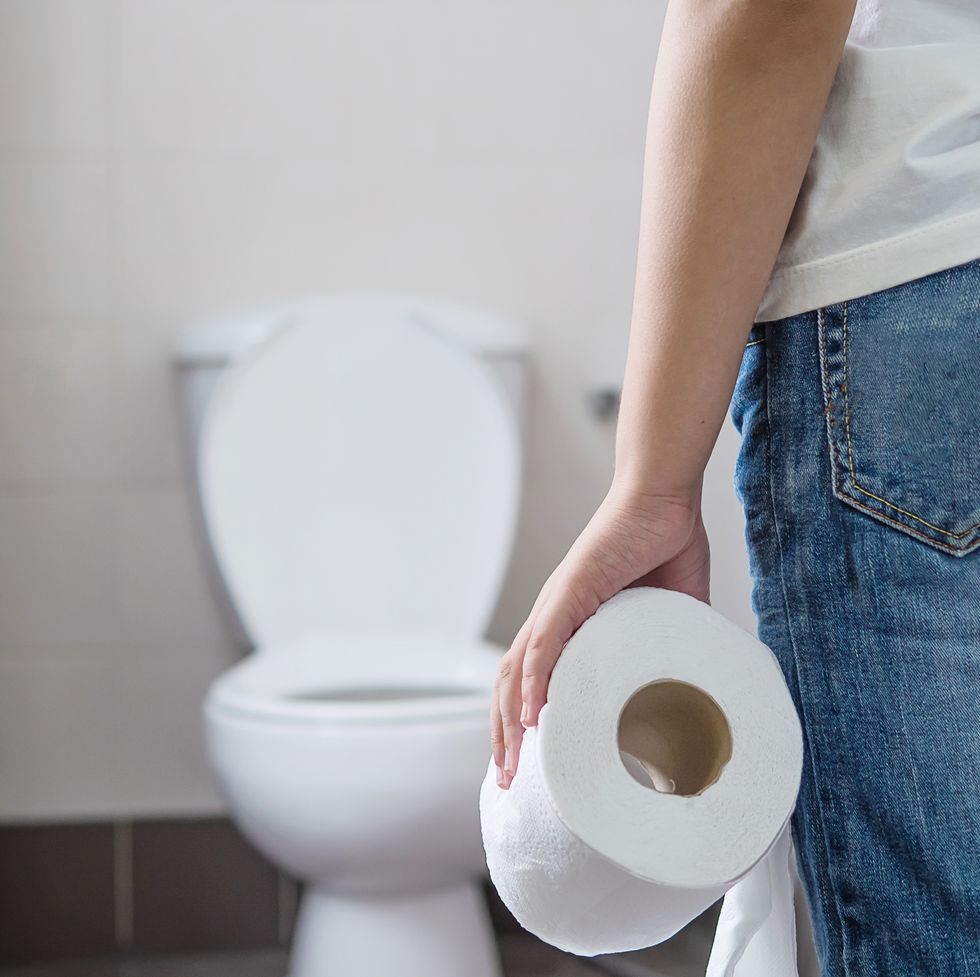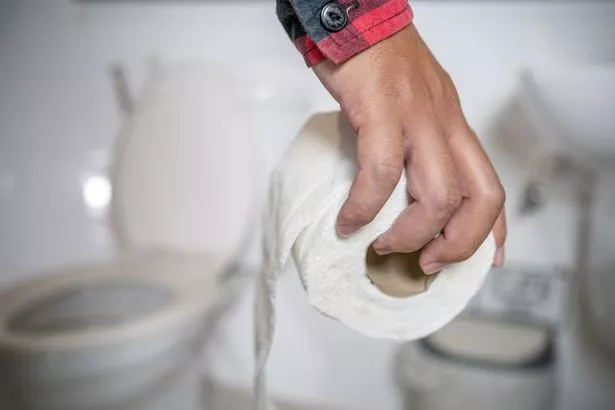“Blue roll” typically refers to blue paper towels or industrial paper used in various settings like workshops, kitchens, or laboratories. Whether it can be flushed depends on its specific composition and intended use.
In general, paper towels, including blue roll, should not be flushed down the toilet. Flushing paper towels can cause clogs and blockages in plumbing systems, as they are designed to be more durable and absorbent than toilet paper. Flushing anything other than human waste and toilet paper can lead to plumbing issues, potentially causing damage and requiring costly repairs.
What is Blue Roll Made of and How Does It Compare to Toilet Paper?
Blue roll, commonly known as blue paper towels, is typically composed of a blend of cellulose fibers, often sourced from recycled materials or wood pulp. The material is designed to be strong, absorbent, and durable, suitable for various cleaning tasks, spill absorption, and industrial use. It is engineered to withstand moisture and abrasive cleaning agents, making it more resilient than standard household paper products.
The manufacturing process involves pressing and bonding the cellulose fibers together, creating a robust paper product with enhanced absorbency and strength. The blue color is often added to differentiate it from other types of paper towels or tissues.
The thickness and texture of blue roll can vary based on intended usage, with some variations having a coarser surface for heavy-duty cleaning tasks while others offer a softer texture for more delicate applications.
Comparison with Standard Toilet Paper

Contrary to standard toilet paper designed for use in bathrooms, blue roll differs significantly in composition and purpose. While toilet paper is specifically crafted to disintegrate quickly when wet to prevent plumbing issues, blue roll is engineered to maintain its integrity when exposed to moisture and cleaning agents.
Blue roll is not intended for flushing down toilets due to its durability and absorbency. Unlike toilet paper, which breaks down easily in water, blue roll can cause blockages in plumbing systems if flushed. Additionally, toilet paper is softer and less sturdy compared to blue roll, as it is meant for gentle use on sensitive areas.
How Can Blue Roll Disposal Methods Avoid Plumbing Issues?
While it might seem convenient to flush blue roll, doing so poses significant risks to plumbing systems and the environment due to its durability and non-dissolvable nature, making proper disposal methods imperative.
Reasons why flushing blue roll might be considered
- Misconception of Flushability: Some individuals might assume that because blue roll looks similar to toilet paper, it can be flushed down the toilet.
- Convenience: In situations where a user is cleaning a surface with blue roll and needs to dispose of it quickly, they might opt for flushing as a convenient disposal method.
Risks and potential problems associated with flushing blue roll
- Plumbing Blockages: Blue roll is designed to be more durable and absorbent than toilet paper. Flushing it down the toilet can lead to clogs and blockages in the plumbing system, potentially causing backups and damage.
- Environmental Impact: Flushing non-dissolvable items like blue roll can contribute to sewer system issues and environmental pollution. It can lead to sewer backups, which might impact local waterways and ecosystems.
- Costly Repairs: If blue roll causes blockages in plumbing systems, it can result in expensive repairs or maintenance to fix the damage caused by the blockage.
What are the Best Practices for Disposing of Blue Roll?
It’s essential to follow local waste disposal regulations and guidelines when disposing of blue roll or any other materials.
Alternatives to Flushing Blue Roll
Instead of flushing blue roll down the toilet, several alternative disposal methods are more appropriate:
The most suitable method is to dispose of blue rolls in waste bins or trash receptacles. This prevents plumbing issues and ensures proper waste management.
However, if the blue roll is made from biodegradable materials, it might be suitable for composting in specific composting facilities or home compost systems.
Best Practices for Disposing of Blue Roll

Recycling Options (if applicable)
Check if the blue roll is recyclable. Some varieties made from recyclable materials may be accepted by certain recycling facilities. However, this largely depends on the specific
composition and regulations of local recycling programs.
Separate recyclable blue roll from other waste to ensure proper recycling processes.
Disposal in Waste Bins
Place used blue rolls in designated waste bins or trash bags. If possible, use waste bins with liners or bags to contain the used blue roll, making it easier to handle and dispose of properly.
Ensure that the waste bins are securely closed to prevent exposure to the environment and to contain any potential odors or contaminants.
FAQ’s
Can you flush puffs tissues?
Flushing puffs tissues isn’t recommended due to their thickness, which makes them less soluble than regular toilet paper, potentially causing plumbing clogs.
Is it safe to flush a vape?
No, it’s not safe to flush a vape. Vapes should be properly disposed of in the trash to prevent environmental contamination.
What can I use instead of a toilet roll?
Alternatives to toilet paper include wet wipes, bidets, reusable cloth wipes, or tissues specifically labeled as flushable.
Are there any flushable wipes?
Some wipes claim to be flushable, but many may still cause plumbing issues. It’s advisable to dispose of wipes in the trash to prevent clogging.
Can you flush tampons?
Tampons should not be flushed as they can cause blockages in plumbing systems. Proper disposal is in the trash or using tampon disposal bags.
Will a sock clog a toilet?
Yes, flushing a sock can lead to toilet clogs due to its non-soluble material and potential for getting caught in pipes. Socks should be disposed of in the trash.
Final Words
In conclusion, it’s important to remember that blue roll, despite its usefulness in cleaning and absorbing spills, should not be flushed down the toilet. Unlike toilet paper designed to dissolve in water, blue roll is durable and can cause plumbing problems if flushed.
Instead, it’s best to dispose of it properly in waste bins or according to local guidelines. Recycling options might exist for certain types of blue roll, so it’s worth checking if it can be recycled in your area.

